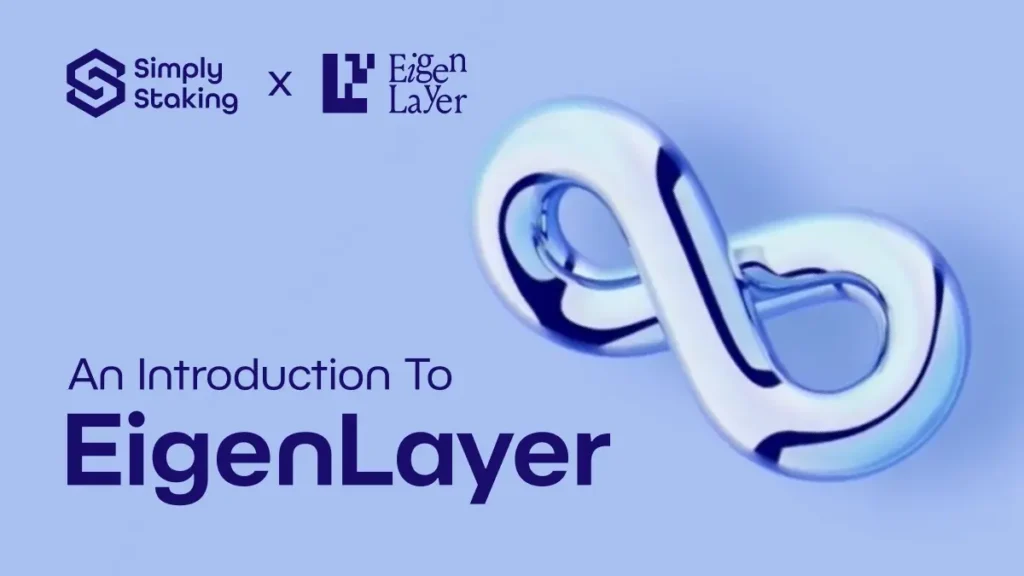An Introduction To Eigenlayer

EigenLayer introduces restaking to Ethereum, enhancing security and interoperability across decentralized networks.

EigenLayer introduces restaking to Ethereum, enhancing security and interoperability across decentralized networks.